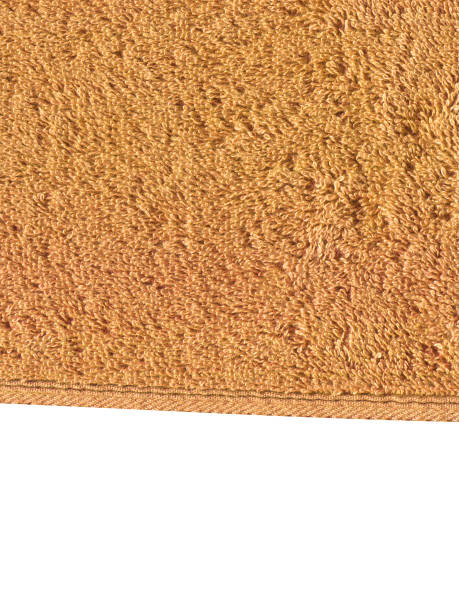What a pain to find random stains and spots on your floor!
Let’s not be shy. We may only notice a pet’s mess once it is too late.
Our feet can also transfer spills and water around the home. Particularly from bathrooms or the outside during a snowy or rainy day. The doormats and runners in hallways can absorb the moisture. Before you know it, your floor will have patches of water damage…
It would help if you had a rug pad to protect your carpet.
A waterproof rug pad absorbs liquids and prevents them from reaching your floor. Spread a rug pad resistant to spills under the carpets of areas where children or pets may make a mess.
This list includes the living room, dining room, and playroom. Add a water-resistant carpet pad to the main entrances and bathroom hallway to prevent floor damage from water.
How does a rug pad that is waterproof work
A waterproof rug pad has a barrier that resists liquids.
These rug pads act as a moisture barrier to delay or prevent liquids from damaging floors.
We’ll look at three common causes of damage to your floor that can be prevented by using a rug pad. We’ll also show you what size rug pad is best for your area rugs and how to select the right one.
Why should you use a waterproof rug pad? Here are three easy reasons
Your home will feel warm and comfortable with carpeted flooring. You will feel a soft cushioning beneath your feet.
Allows fluid to pass through carpets no matter how thick they are. Even if you clean the rug, the mess underneath will remain. The spills can cause damage to the floor as they accumulate.
This problem can be solved by using a waterproof pad underneath your carpet. This will prevent it from reaching your laminate, tile vinyl, or hardwood flooring.
See how 100% waterproof rug mats can help you:
Pet-proofing your rugs and floors.Protecting the floors from spills.Indoor/outdoor waterproofing.
Protect your carpets and floors from pets
Pet accidents cannot be avoided. Most pet accidents happen when you’re not home, as your pet will be snuggling on the cushioned rug all day.
You’ll also likely find urine from pets under couches and beds. It can be a long time before you find out where the pet accident occurred.
As the carpet ages, pet urine can cause the wood floors to rot.
A waterproof rug pad prevents pet urine from contaminating the flooring.
Spill protection
You can avoid costly flooring repairs and embarrassing discoveries by using a waterproof rug pad. You can be assured that your floors will remain intact when you move.
Fluids are contained by the waterproof barrier, which is made from memory foam or a soybean oil polymer mixture. They protect the floor.
To keep the rug pad free from odors and discolorations, vacuum and wash it periodically.
Indoor/outdoor waterproofing
Entryways and hallways in bathrooms are areas with high foot traffic. Water damage is common in this area, particularly during rainy seasons.
You should therefore use a rug pad with a good grip. Your family and your guests will be able to wipe away the water from the doormat. The pad will also protect the floor beneath.
Water-resistant rug pads will extend the life of area rugs as well as floors.
This is because a pad that has a grip, such as Cloud Comfort or Anchor Grip, will cushion your rug from any movement. This will reduce floor scratches and wear on the rug.
There are many types of waterproof rug pads
RugPad USA offers several different types of waterproof rug pads. RugPad USA offers several types of waterproof rug pads.
Memory foam rug pads
The Cloud Comfort memory foam rug pads are made of a thick layer that is used to form a moisture barrier.
The memory foam is also breathable. It keeps the floor dry and allows for air circulation. By absorbing high-frequency sounds and echoes, it also helps soundproof your home.
It is not rubberized to prevent slipping. It’s best for large-area rugs with extra cushioning, for example, in living rooms or playrooms where pets and children are likely to make messes.
Pros:
The thickness of the cushioning is perfect for all types of flooring, including laminate, tile, and stone.
Cons:
It’s not a non-slip.

